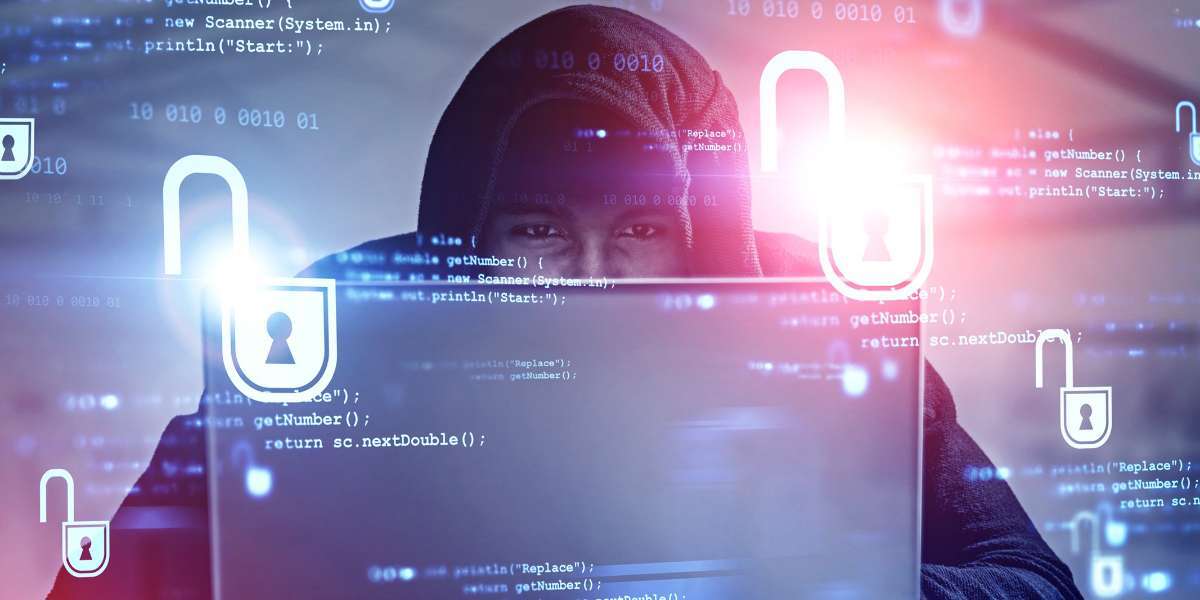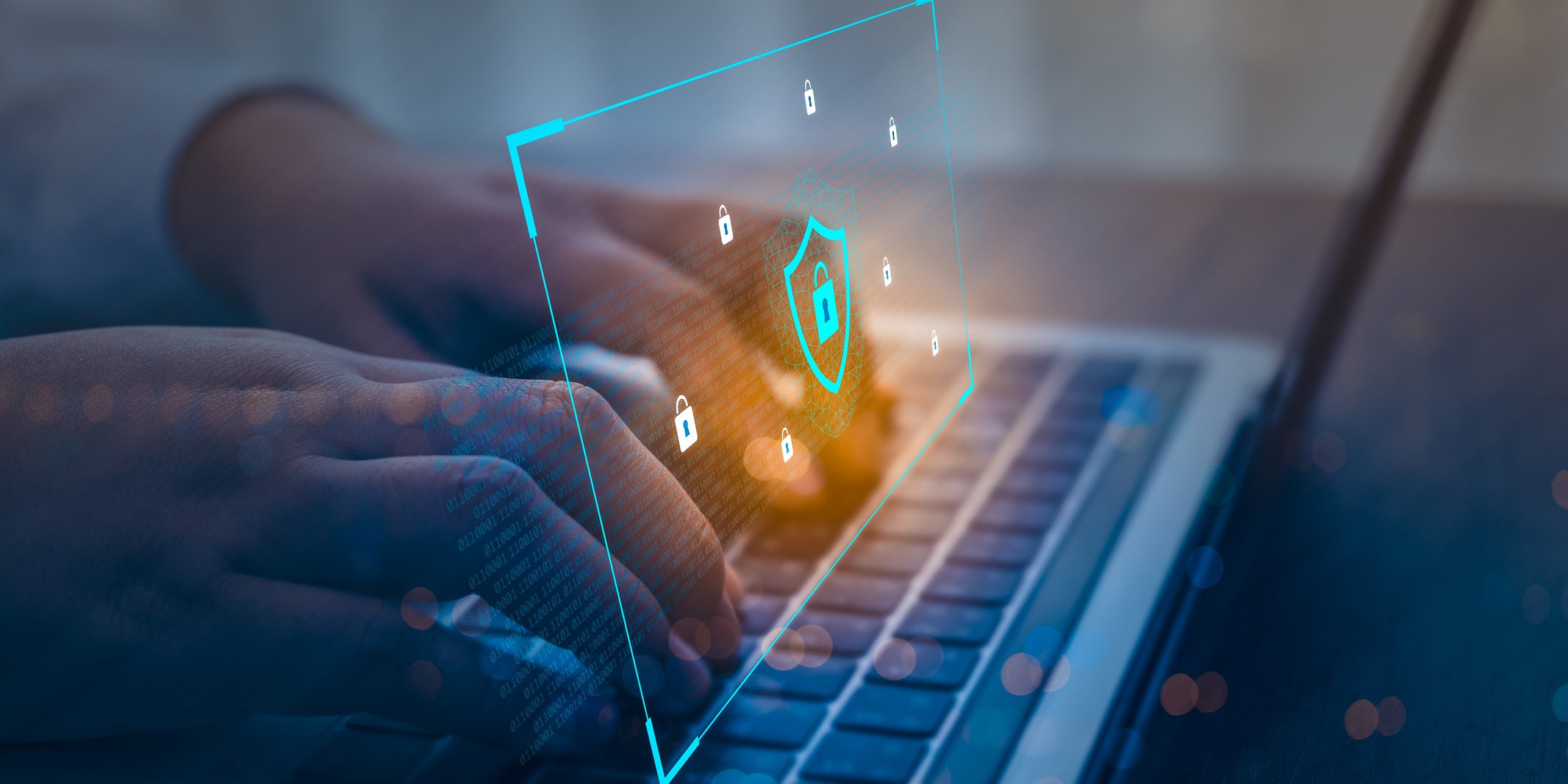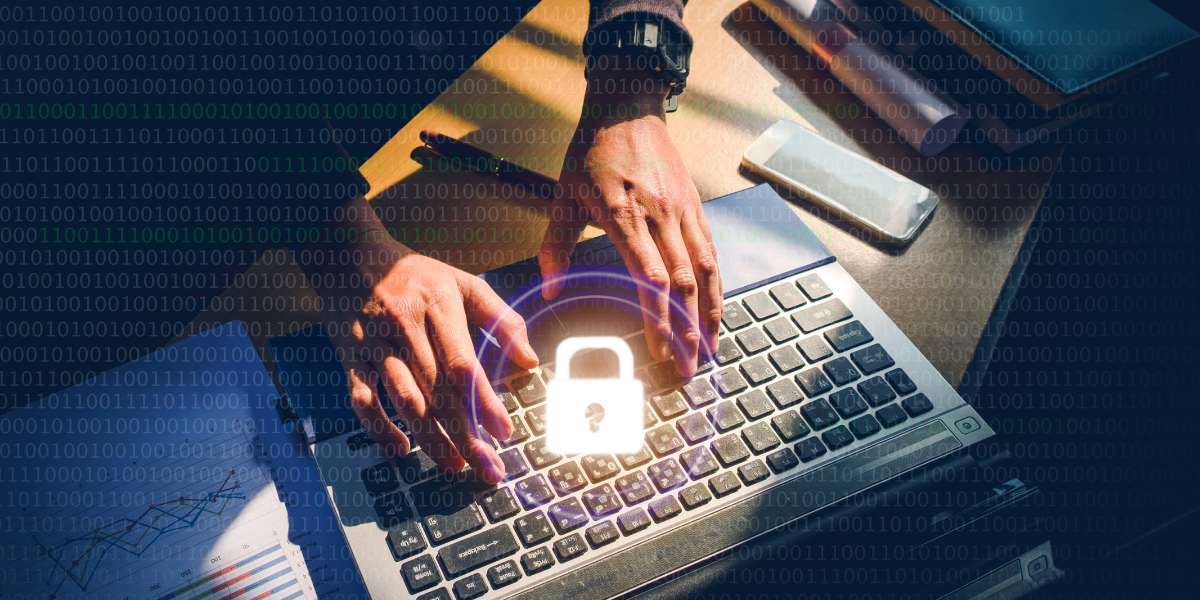In recent years, educational institutions have become larger prime targets for ransomware attacks. These malicious incidents disrupt learning, strain financial resources, and jeopardize sensitive data. In this blog post, we will delve into the impact of ransomware on K-12 schools and higher education institutions, explore real-world examples, and discuss strategies to mitigate this escalating threat. According to ThreatDown Research, 2023 was the worst ransomware year on record for Education. This sector experienced a 70% surge in attacks from the prior year, increasing from 129 incidents in 2022 to 265 in 2023; 2024 shows no signs of abating.
The Ransomware Landscape
Ransomware is a type of malware that encrypts files or locks users out of their systems until a ransom is paid. The encrypted data becomes the hostage and the binary screams of extortion plunge the institution into chaos. These institutions, with their interconnected networks and valuable data, are particularly vulnerable. With the sector supporting distance learning, the pervasiveness of Wi-Fi networks, and IT modernization to meet student needs, these initiatives create new attack vectors for intruders. As a result, the K-12 and higher education ecosystems experience the highest level of ransomware attacks.
Here are some key effects of a ransom attack in the education sector:
1. Lost Learning Opportunities: When schools and universities fall victim to ransomware, classes are disrupted, exams postponed, and coursework inaccessible. Students and educators suffer from lost learning time.
2. Financial Costs: Ransom payments, incident response, and system recovery come at a high price. Additionally, institutions may face legal fees, regulatory fines, and increased insurance premiums.
3. Data Breach Risks: Ransomware attacks often involve data theft. Personal information, research data, and financial records can end up in the wrong hands, leading to privacy breaches and reputational damage.
The impact of these attacks is substantial, with schools and colleges suffering an estimated 1,600 days (about 4 and a half years) of downtime and an average cost of $2.8M per breach. Data from 2022 demonstrates that these extortions varied from $250,000USD to $950,000USD. This is a substantial sum for institutions that are fiscally constrained. In 2024, the pace shows little sign of abating, with attacks already occurring in some states.
While ransomware attacks against educational institutions occur globally, the USA bears the brunt with an average of 107 attacks or 56% of the known attacks worldwide. In the same period from June 22 to May 23, the UK, suffered 28, and Germany just 5, according to a report by TechTarget.
Here are some notable ransomware groups that target the education sector and attack numbers from June 22 to May 23:
-
Vice Society: They were responsible for a significant share, 43, of the known attacks. Almost half of their activity targeted educational institutions.
-
LockBit: LockBit emerged as a prominent threat to schools and colleges, with 33 attacks.
-
BianLian, Royal, and AvosLocker: These ransomware groups also contributed to the onslaught on education, with a total of 49 attacks.
-
Rhysida, a rebranding of Vice Society: Continues to pose a threat, contributing to a 92% spike in K-12 attacks. This gang specializes in attacking education and 43% of its activity is against this sector.
The ransomware business is highly lucrative due to low entry costs, high returns, and the availability of Ransomware as a Service models (RaaS). RaaS has industrialized and streamlined gang operations, allowing less capable criminals to participate in cyber extortion with ready-made tools and support. These evil deeds cause immense harm to victims and society, emphasizing the need for education institutions to be vigilant, employ robust cybersecurity measures and the expert prevention detection and recovery methods and tools, that C1 experts can leverage in this environment.
EdScoop reports that the education sector experiences higher recovery costs than any other sector. Stating that on average education institutions pay $2.73 million to remediate the impact of a ransomware attack which is 48 percent higher than the global average across all sectors.
The true number of attacks, however, will never be known. It can be assumed to be higher, since with many attacks, if recovery occurs quickly and students and staff are back online with accessible data, reporting is not performed.
Real-World Examples
Broward County Public Schools (Florida, USA)
In March 2022, Broward County Public Schools experienced a major ransomware attack. The incident disrupted online learning, affecting over 270,000 students and 30,000 staff members. The attackers demanded a hefty ransom, and the district had to allocate significant resources to recover systems and secure data.
University of California, San Francisco (UCSF)
In June 2023, UCSF’s School of Medicine fell victim to ransomware. Critical research data related to cancer studies was encrypted, hindering ongoing research. The university decided not to pay the ransom but faced substantial downtime and recovery costs.
Minneapolis Public Schools (MPS)
In 2023 hackers breached the MPS school system and circulated a cache of files containing data on students and teachers. Since MPS oversees around 30,000 students across 68 schools, this was a massive breach. The hacker gang then posted documents on X, Facebook and other websites, a sign that in this instance, the ransom was not paid. The district later announced the ransom was $1,000,000M.
De Montfort School, Cincinnati State, and the Los Angeles Unified School District were also among the victims, experiencing downtime and financial losses due to ransomware incidents.
North Carolina and Florida have introduced laws to prevent state agencies and schools from paying a ransom. Arizona, Pennsylvania, New York, and Texas are considering similar laws. This may deter hackers since there is no financial gain, but it does not deter bad actors who still want to display sensitive information on the dark web and cause psychological damage.
Mitigation Strategies
To combat ransomware in education, institutions must adopt a multi-pronged approach:
- 1. Prevent Intrusions: Implement strong endpoint protection solutions that can prevent exploits and malware used to deliver ransomware; and regularly update software and promptly patch vulnerabilities in internet-facing systems. Remote monitoring and management tools can also be exploited to gain access to a network if weak or default access credentials are being used. Phishing emails are often a root cause. With the rise of Generative AI (Artificial Intelligence), it has become easy for attackers to craft well-written phishing lures for students and staff.
The average eCrime breakout time — which measures how quickly adversaries can breach a system once they gain access, was only 62 minutes in 2023, down from 84 minutes the previous year. The fastest recorded breakout time was, according to a 2024 Global Threat Report, an astonishingly swift 2 minutes, and 7 seconds.
2. Detect Intrusions: Detecting ransomware in the environment is crucial for safeguarding data and preventing further damage. Here are some effective techniques and tools to detect ransomware: Make it harder for intruders to operate inside your organization by segmenting networks and assigning access rights prudently. Use Endpoint Detection and Response or managed detection and response to detect abnormal activity before an attack occurs. There are several proven techniques and tools that can be used to detect ransomware.
- Signature-based analysis – this relies on predefined signatures or patterns associated with known ransomware strains.
- File Integrity Monitoring (FIM) – (FIM) tracks changes to critical files and directories.
- Traffic Analysis – Analyzes traffic for anomalies e.g., unusual communication patterns, sudden spikes in data transfer or unexpected connections.
- Honeypots – these are decoy systems used to attract attackers and when ransomware interacts with the honeypot, an alert is triggered.
- Entropy Scanning – this measures randomness or entropy of files, since ransomware encrypted files exhibit an elevated level of entropy.
3. Implement Cyber Recovery Solutions: Recovering from a ransomware attack requires a well-thought-out strategy. Bad actors often target data backups and even offsite copies of backups to make it impossible or more difficult to recover once their malware and ransomware become active. A good cyber recovery solution provides air-gapped copies of backups along with intelligent security software to identify latent malware threats and provide known good points of recovery. Limiting the spread of an attack by immediately isolating infected systems to understand the attack style and group footprint are also important to preserve evidence for law enforcement. A speedy recovery is crucial after a ransomware attack, to minimize downtime, reduce the fiscal impact, mitigate reputation damage, prevent escalation of demands, and minimize legal consequences or regulatory fines.
4. Offsite/Offline Backups/COOP: Maintain offline and offsite encrypted backups of student, staff data and system configurations. Backup and recovery testing should be done regularly to ensure that access to data and information systems can be quickly restored, in addition a backup and recovery strategy must be part of a robust Continuity of Operations Plan (COOP). COOP plans are complex and include more than backup and recovery of IT systems; It includes how to keep the school functioning, data breach notification plan, involvement of law enforcement etc., all with the objective of avoiding learning loss and other effects of downtime and maintaining compliance.
5. Security Awareness Training: Regularly educate staff, students, and faculty about phishing, safe browsing, and good cyber hygiene. IT staff must employ security best practices, for example, multifactor authentication, and network segmentation.
6. Collaboration and Information Sharing: Educational institutions should collaborate with each other and share threat intelligence and best practices. Vigilance, preparedness, and collaboration are essential elements to counter this threat landscape.
Education organizations should seek help from cybersecurity and data recovery experts like C1 who specialize in preventing and detecting intrusions and recovering from ransomware attacks.
C1 Success Story
Vigilance, robust security measures, and collective defense with a strong IT solutions partner, like C1, are crucial to safeguarding educational institutions against this growing menace. C1’s experienced and certified security professionals and partners have designed, deployed, and supported comprehensive mitigation and recovery solutions for education institutions across the United States.
The Moreno Valley School District knew they had to update their data protection strategy and solution when neighboring school districts’ IT infrastructure were breached. C1 engineers were entrusted to perform a complete overhaul of their data storage and recovery strategy, to include advanced data storage, network, and server solutions. New policies and procedures were developed for the new isolated on-premises data center; this serves as a safe-room environment and as the repository and recovery platform for the data of last resort. C1 also created a runbook and provided staff training for a simulated real-time cyber recovery event, outlining new governance procedures for managing the new cyber vault, and deployed an immutable backup replica repository in the system.
As ransomware attacks were running rampant in the area, this school district was one of the few not adversely affected by ransomware. The executive leadership team was able to communicate the school district’s preparedness back to the community.
I can’t tell you how much we rely on C1 for their expertise, their knowledge, and the mutual trust we have with them. We know that the solution that they’ll provide us is going to be top-notch, research-based and cutting-edge … [to provide] us the safety, the security and the peace of mind we need for whatever situation we have moving forward.
Glenn Alegre, Exec. Director Technology, Innovation and Assessment
Choose C1 because:
- Prevent, Detect and Recovery Leaders
- World-Class Security Professionals
- Industry-Leading Best Practices
- Referenceable Accounts
- Proprietary WAVESSM Methodology
- Customized Solutions
- Uniquely Services Led and Outcome Driven
- Focused On Your Long-Term Success
Conclusion
The threat of Ransomware looms large over K-12 and higher education institutions. To stay ahead of these evolving dangers, schools need to get guidance from security experts who can adapt best practices to their schools’ specific needs and resources. At C1, our security and ransomware response teams are experienced in implementing and managing robust cybersecurity measures and proactive strategies to protect educational institutions, safeguard valuable data and maintain uninterrupted educational services.





